How to Aerate a Lawn by Hand

By Stacey Kelleher
It takes time and hard work to grow and maintain a lush, green lawn. But the results are worth it. Healthy green grass prevents soil erosion from water and wind, helps to cool your property in hot temperatures, and of course, it adds to your home’s curb appeal.
Aeration is the process of perforating the soil so that air, water, and nutrients can reach down to the roots of the grass. If you’re skipping this step, your lawn won’t look or feel its best. Learn why aeration is so important and find the best method to aerate your lawn without having to buy a fancy machine.
Photo via Shutterstock
Benefits of Aerating Your Lawn
Soil that sees a lot of foot traffic becomes dense and compact. That makes it difficult for air, water, and nutrients to make their way down to the roots.
Roots that don’t get all they need to thrive are shorter and closer to the surface of the soil. Aeration encourages a deeper, stronger root system, and stronger roots mean healthy, vibrant, and lush green grass.
Aeration offers many benefits for your lawn, including:
- Better nutrient absorption
- Better resistance to heat and drought
- Deeper and stronger roots
- Efficient air exchange between the soil and the atmosphere
- Healthy growth during times of drought
- Healthy microbial life
- Improved drainage
- Increased soil permeability
- Less risk of fungal diseases
- More efficient fertilizer uptake
Aerate Potted Plants, Too!
Signs Your Lawn Needs to be Aerated
There are several indicators of compact soil, such as puddles and areas of grass that appear wet after watering but quickly dry out soon after. (A healthy lawn becomes saturated and remains wet for a while after rain or watering.)
Grass that has thin patches, yellow or brown sections, or is experiencing slow growth overall probably isn’t getting the water, air, and nutrition it needs to grow. You might think that watering more is probably the answer to most of your lawn problems, but aeration is the first step you should take in rehabbing your lawn.
The Screwdriver Test
How to Aerate Your Lawn by Hand
Unless you have an enormous property, you can usually aerate your lawn manually using hand-operated tools. Here are three methods and their designated tools that we recommend.
How to Aerate a Lawn with a Manual Core Aerator
In our opinion, a manual coring aerator is the best way to aerate a lawn by hand. Unlike other manual aeration methods and tools, a core aerator lifts and removes small sections of soil, instead of pushing them to the side. This method reduces the chance of further compaction since the extra soil is completely removed.
To use a manual core aerator, simply grip the handle with both hands and push it into the soil. Most have some type of foot bar for leverage to make it easier to penetrate the dirt.
As you lift upward, the aerator will pull out two cores of soil. You can leave these in the grass; they will disintegrate within a week or so and shouldn’t disrupt any lawn growth.
Move forward approximately six inches and repeat the process until the entire lawn has been aerated. It’s helpful to keep a screwdriver or other small pole handy to clean out the tubes if they get clogged.
Here are a few manual core aerators we recommend:
Photo via Shutterstock
How to Aerate a Lawn with a Manual Spike Aerator
A manual spike lawn aerator works essentially the same way as a core aerator. The primary difference is that a spike aerator has solid points, while a core aerator has hollow points. The spike aerator drives holes into the soil instead of removing soil plugs.
The method of use is the same: Grip the handle of the aerator with both hands and push it into the soil, using the foot bar for leverage. Lift up out of the ground and then continue using around your lawn, moving section by section until the entire lawn is aerated.
There are also rolling push spike aerators, which make this job a bit easier and faster. To use, simply hold the handle and push the tool around your lawn, applying firm pressure as you walk and the spikes roll into the soil.
Here are a few manual spike aerators we recommend:
- Agri-Fab 45-0365 Rolling Spike Aerator
- 18” Rotary Push Spike Aerator
- Walensee T-Handle Lawn Spike Aerator
How to Aerate a Lawn with a Spading Fork
A spading fork is a garden tool with a handle and four or five short, sturdy points (or tines.) Spading forks are also known as digging forks, garden forks, or graipes. While they resemble pitchforks, spading forks usually have a shorter handle, and their tines are generally thicker, flatter, and closer together.
Like the other types of manual aerators described, the process to hand aerate your lawn with a spading fork is basically the same.
Simply push down with the fork to punch holes in the grass. Rock the fork back and forth to expand the holes. Move forward a few inches and repeat the process until you’ve aerated the entire lawn.
Although a spading fork is the most common and affordable tool for manual lawn aeration, it is also the most time-consuming to use. It’s best for small spaces like side yards, road verges, and driveway strips.
Here are a few spading forks we recommend:
- MUJO 4-Tine Spading Digging Fork
- Roamwild Light-Weight Multi-DiggerSpading Fork
- 5-Tine Heavy Duty Digging Fork
Do Aerator Shoe Spikes Work?
Aerator shoe spikes aren't as effective in aerating a lawn as the methods described above.
There are many different types and brands of aerator shoe spikes available online and at home and garden centers. These products are typically flat, plastic beds whose undersides contain a series of sharp spikes. On the flip side of the spikes are buckles that loop around one's shoes. As the user walks across the grass, the spikes penetrate the soil, causing small holes.
This might seem like the easiest, least physically taxing method of aeration, but it’s doesn't work all that well. Effective aeration removes small sections of soil, but spikes tend to increase the compaction between the holes. Also, the holes they create are typically not deep enough to offer any real benefits to the soil and grass.
Photo via Ann's Entitled Life
When to Aerate Your Lawn
It’s best to aerate your lawn during periods of grass growth. Fall is the best time to aerate Kentucky bluegrass and other cool-season grasses. Meanwhile, warm-season grasses like Bermuda grass have growth during the warmer months, so it’s best to aerate those as the weather warms up in the spring.
Avoid aerating during the winter when the ground is frozen, or in the summer when the soil is baked hard by the sun—you’ll thank us for this!
Lawns that have sandy soil should be aerated every two to three years. Lawns with more clay-like soil, or those that see heavy traffic from kids and pets, should be aerated one to two times per year.
If your lawn is looking a bit lackluster, it may be compact and unable to get all of the things it needs to thrive. You can aerate lawn manually to encourage growth and breathe new life into worn, discolored, or missing grass.
Do you have a favorite tool to aerate a lawn by hand? Share your tips below!



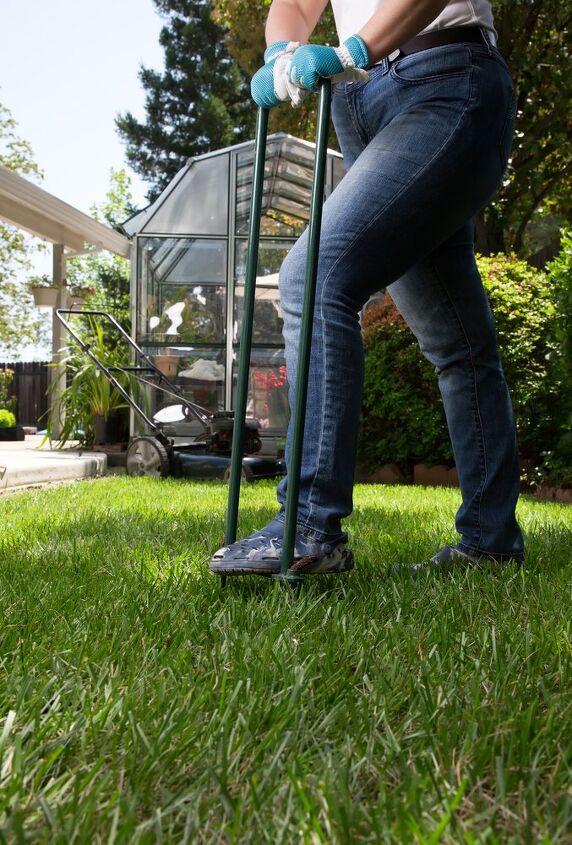





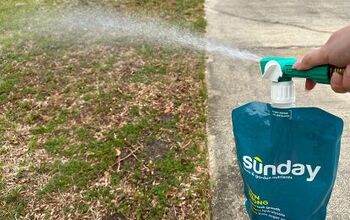

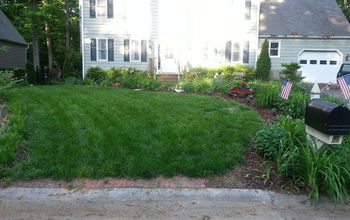
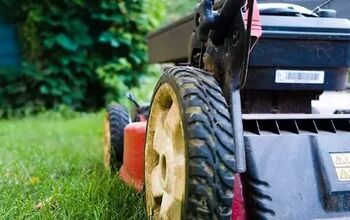







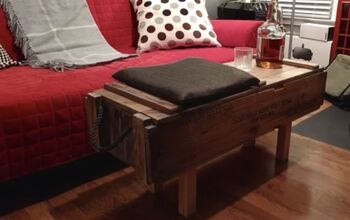





Frequently asked questions
Have a question about this project?